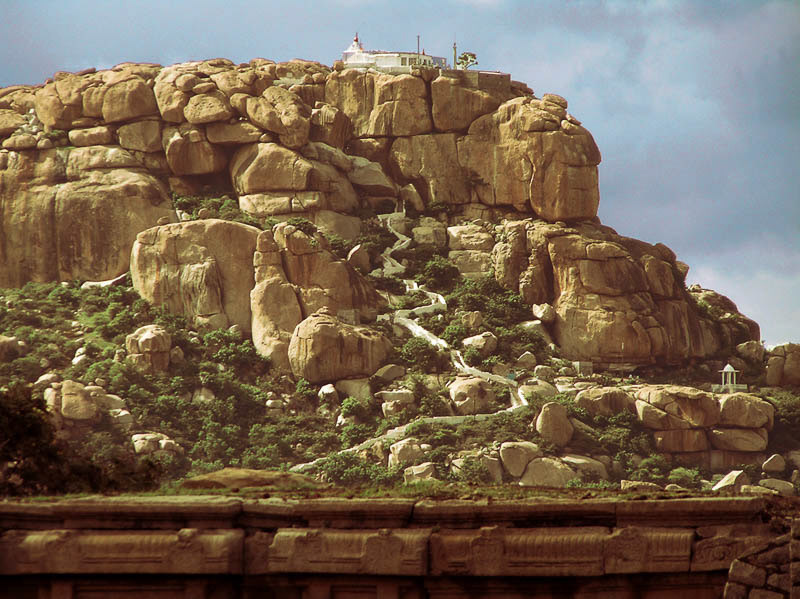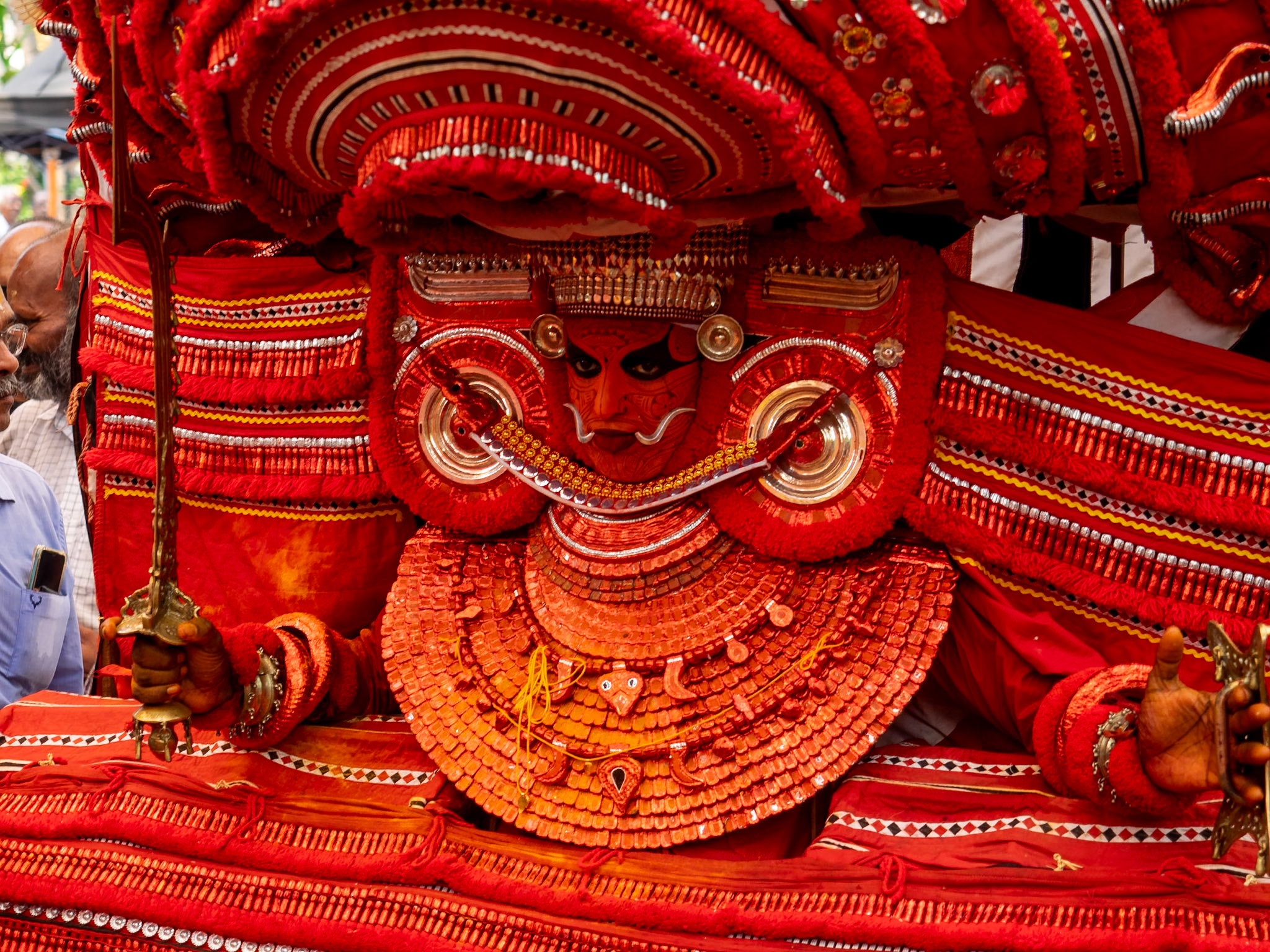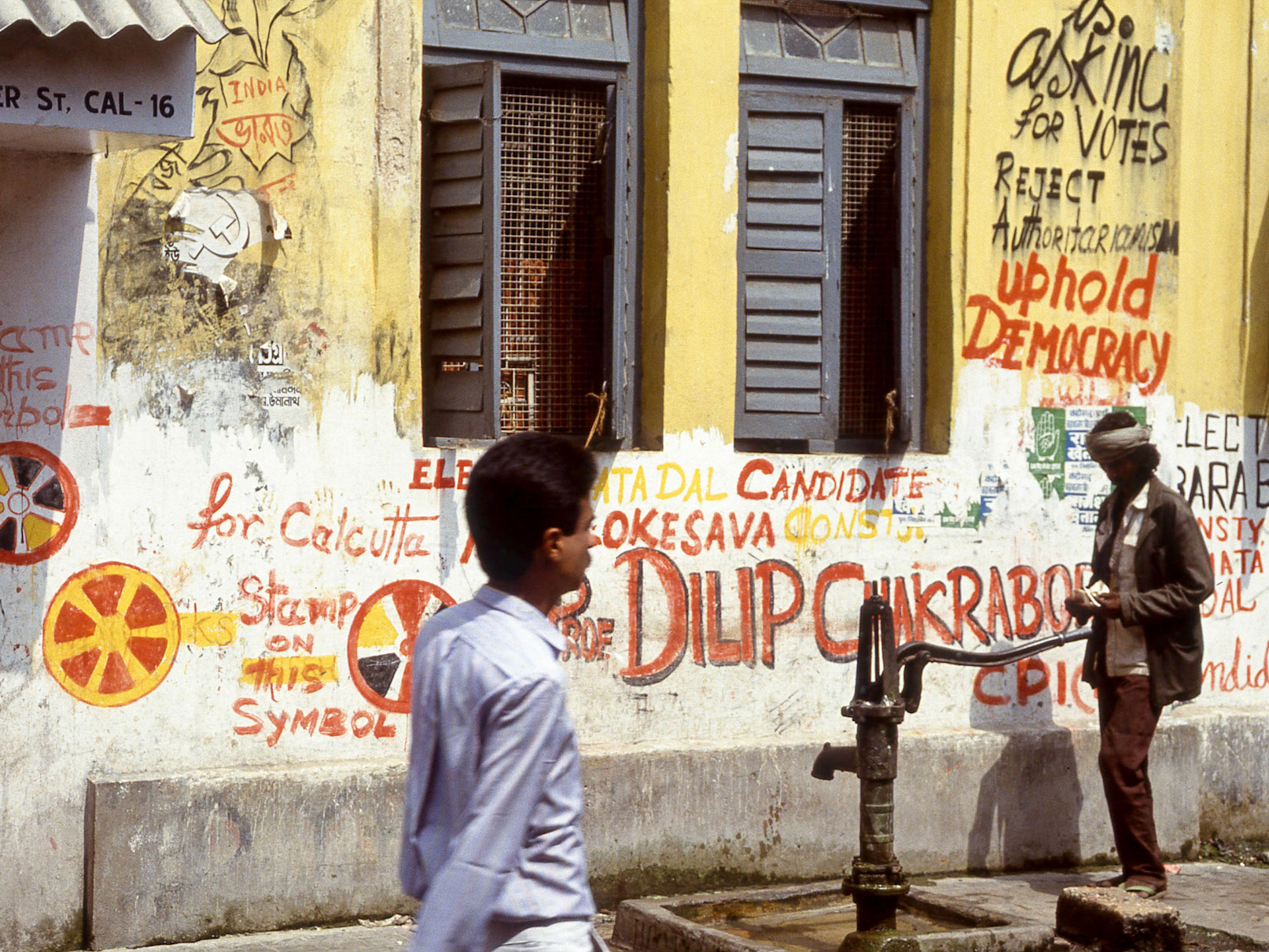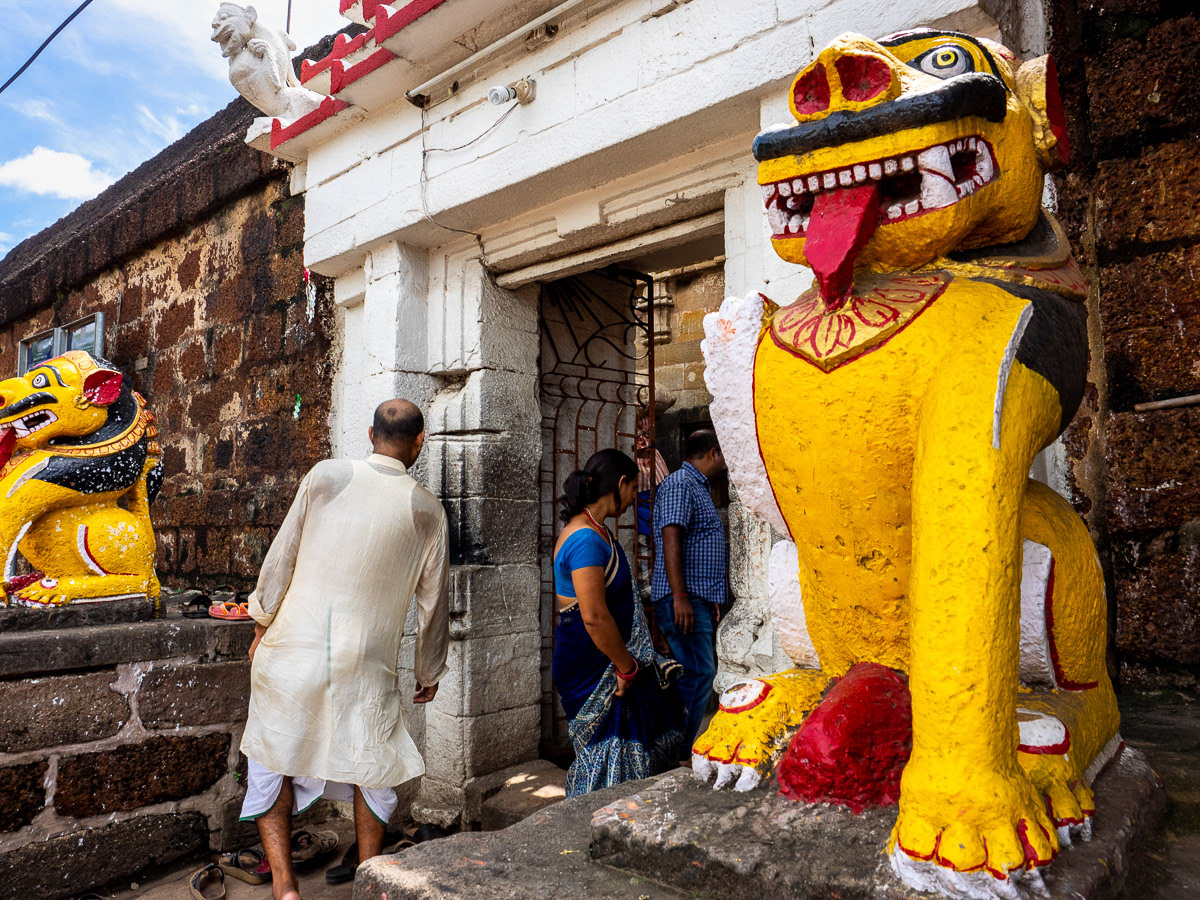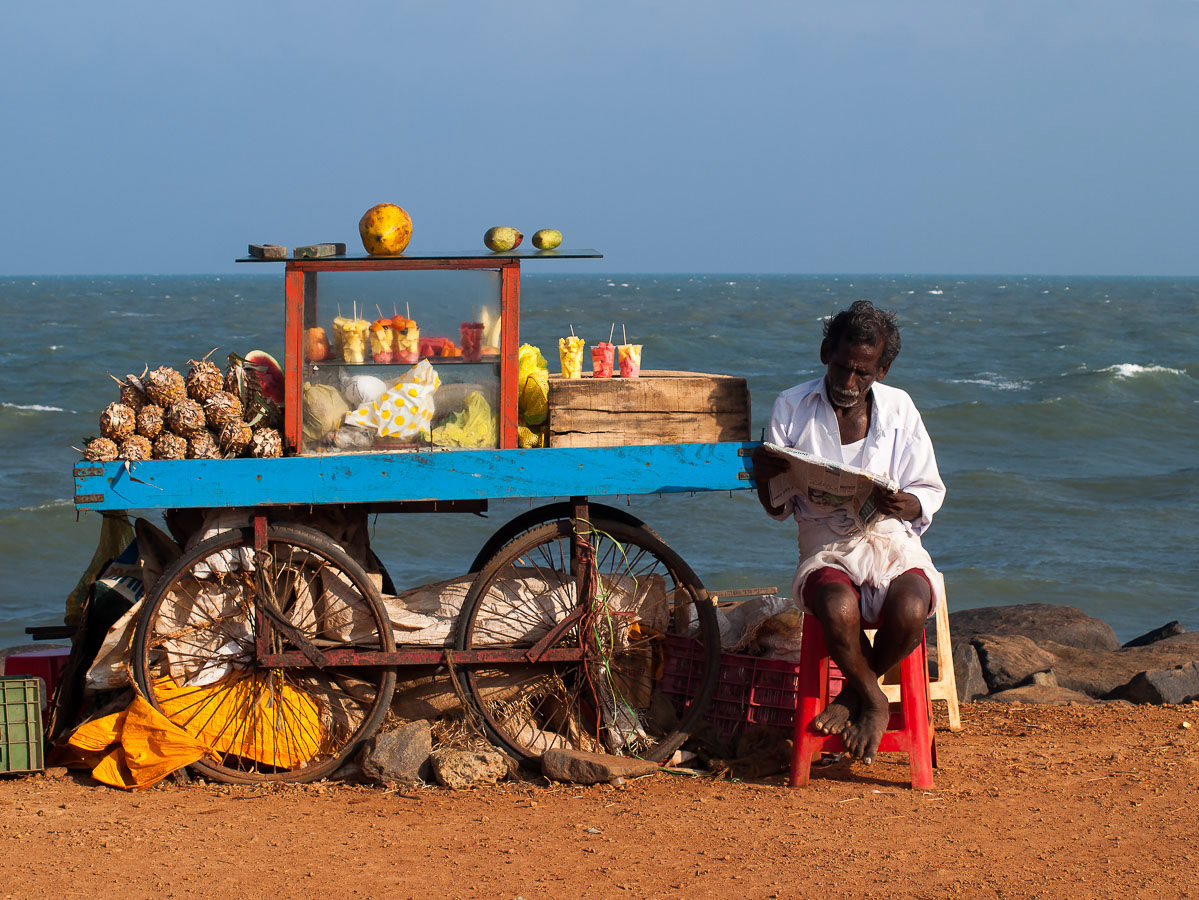Hampi
Karnataka
1991, 1994, 1998, 2005, 2011, 2013, 1018, 2022
Karnataka is a state that sees many travellers, thanks to Bengalaru, and it's role as one of the three main gateways to India. Hampi is it's best known attraction, and well worth the effort. Both these places are well covered in guidebooks & online. Mysuru is a great place to base yourself for an extended time, with it's own sights, and several very worthwhile day trips within easy reach. However Karntaka has a range of other very worthwhile destinations.
Bijapur
Bijapur is a small to medium sized city in Northern Karnataka. Another former capital of the Deccanni Sultanates, it is overflowing with remnants of this period.
Although firmly on the Indian tourism & pilgrimage trail, it sees few non-Indian tourists, despite having some of the most spectacular & well preserved monuments in India.
Sights.
The inner city is surrounded by two sets of walls. The oldest part, the former royal enclosure, inside the the inner walls, has a multitude of historic buildings and remnants, including one of the oldest mosques in India.
The Gol Gumbaz, a royal tomb, is an enormous structure with one of the largest free standing domes in the world. Be prepared for the noise as the local tourists test it’s accoustics.
The Ibrahim Rauza, another tomb on the other side of town is simply one of the most impressive buildings I’ve seen in India. A linked pair of structures, tomb and mosque are situated on a raised platform separated by a bathing well. The decoration and stonework is a special mix of Islamic cut screen work, and Hindu influences from Vijaynagar to the south.
Bijapur is a city that rewards wandering on foot. Cutting through the market, stopping at other tombs, mosques, and palace remnants, or climbing the outer walls are all easily accessible on foot. As I’ve mentioned there are plenty of Indian tourists, but the scarcity of non-Indian tourists means you need to add 20 minutes to an hour, depending on your manners & ability to say no, to all your sightseeing stops to account for selfie requests.
Badami
Badami is a small town in Northern Karnakata. Closer to Goa than Bangalore, it is not far off the routes from the north, Mumbai etc, and Goa towards Hampi, and then Bangalore. Badami is renowned for it’s Cave Temples – a group of four temples, three of which are Hindu and built in the 6th century, and one a Jain temple, dating to the 7th century.
Carved into the sandstone escarpment that makes Badami one of the most picturesque towns in India, these temples are remarkably well preserved, with dynamic sculptures and still visible painted frescoes. They are the oldest Hindu cave temples in India. Two temples are dedicated to Vishnu and one to Shiva.
At the time of the Cave Temple construction Badami was the capital of the Early Chalukyas. This South Indian Dynasty also built some of Indias earliest free standing temples at their religious centres of Aihole and Pattadakal nearby. Much later,Badami was an outpost of the Deccan Sultanates, then, in the 18th century Badami was a fortified outpost in the wars between the Marathas and Mysore. Substantial evidence of these fortifications remains. Another vestige of these times is a small Adil Shah tomb near the tank wall & Caves entrance.
Badami Caves
In the horseshoe formed by the escarpment is the Tank, also a 6th century construction. Opposite the caves, at the edge of the water, on the northern side, and further round to the west, are two freestanding temples, one from around 700 CE, and the other a little later. Just before the first temple is the small but very good Museum.
Beside the museum a well maintained path enters a crevasse, and climbs to the top past two other Early Chalukyan temples. This takes you past sections of fortified walls and up to a lookout post with sweeping views. Interesting Maratha granaries & water tanks are scattered about, from the 18th century garrison days. It’s quite possible to wander freely up here and get a sense of the series of indentations that line the escarpment. Note – some guides talk about monkey issues – they’re really no problem unless you’re foolish enough to wave food around. Also note the paths up the escarpment on the southern side, near the Caves, have been closed for safety reasons.
Mahakuteshwara Temple.
Neglected by foreign tourists, this is a highly recommended sight in Badami. The main temple dates to the 7th century, basically as old as the monuments designated as ‘historic’. However Mahakuteshwara is at the heart of a living breathing temple complex, with many additions, accretions, and is the place to go for local people to picnic, swim in the tank, and have a general day out.
Aihole & Pattadakal.
These two sites, a few kilometres from Badami apparently served as the religious centres for the Early Chalyukas. Now both are World Heritage listed, and are a fascinating time capsule for anyone interested in the development of Indian temple architecture. Dating from the 7th & 8th century these are some of the oldest freestanding temples in India, and cover a range of architectural styles. What was to become the “Northern” style is next to the archetypal “Southern” style, and various mixes of the two. You can almost sense the builders working it out as they went. For people interested in getting more out of their visits here than just a surface look, I’d recommend accessing some background reading on Indian sacred architecture. There are several good resources – the Blue Guide to Karnakata is one that’s both accessible & useful. The drive to both is quite scenic, traversing repeated sandstone escarpments and watercourses. Guidebooks claim that there’s no food & drink available in either village. This isn’t quite true – there’s a small,very local, snack place in Aihole, just over the road from the main site car park, which does decent vadas etc.
Pattadakal, 15 ks from Badami, is the more formal site, with all its’ structures enclosed in a manicured, ticketed, compound. There are nine temples which cover a range of architectural styles. A couple are still used for active worship.
Aihole, another 10 ks on, is a much more scattered site. There is a formal architectural park, but also many ruins & vestiges scattered through the village, poking up between shacks, and accessible by foot through the mud, chickens, cows, and washing lines. Other temples and sites are on the surrounding slopes. It’s structures again start in the sixth century, but continue through to later 12th century temples. There’s a small museum on site.
Transport.
The good news is that Badami is relatively accessible by a range of methods, depending on where you’re coming from or to. Badami station, a short way out of town is on a main line, with express trains to Bangalore & even straight through to Mysore. Going north gives you Pune, or even Jaipur. Trains from Bagalkot, half an hour north of Badami by road, pass through Hospet, the jumping off point for Hampi. Just check which days they run. Note not all trains have food options on board, so be prepared to stock up beforehand.
Goa is a four hours by car, & doable by bus. It’s a couple of hours north to Bijapur, across the enormous Krishna dam. A lot of people, particularly domestic tourists, seem to make Badami a day trip by road from Hampi, using cars or buses, and squeezing in Aihole & Pattadakal as well. Given that’s five hours plus in traveling time, you can’t do any of these places justice. Though on the other hand, if you’re based in Badami and there are crowds at any of these sites, just give them half an hour & they’ll be back on the bus.
Acommodation & food.
Badami is a small town, with small town options. There’s one mid range place to stay – Clarkes Inn, which is relatively modern (elevators), is friendly and has excellent views from the pricier rooms. The attached restaurant is adequate & doesn’t serve alcohol. Otherwise eating options are very local. A couple of places are out of town a bit – fine if you’ve got a car, and away from the noise – Badami can be pretty noisy traffic wise – but this precludes wandering the back streets which are quite charming. Although compared to farther north in Karnataka you are more likely to be asked for ‘school pens’ than selfies. The KSTDC hotel supposedly serves alcohol, but again is a kilometre or so out of the main town.
Bidar
The town of Bidar is in far northern Karnataka. About 4 hours by road west of Hyderabad, it is one of a string of towns and cities that formed the Deccan Sultanates. These were Muslim ruled kingdoms that predate the Mughal empire, and existed from the 1200’s until the late 1400’s, when they were assimilated into the northern Mughal sphere of influence.
The modern world has largely passed these by – they were no longer on vital trade routes or formed industrial hubs. However they form a fascinating melange of cultures, a bridge between the Islamic culture of North India & Persia, and South Indian Hinduism and style. Even today there is a surprisingly large Muslim population in these towns, with an obvious influence on culture, food, and social customs.
Bidar and it’s surrounds are dotted with remnants of the Deccan Sultanate. Bidar Fort, on it’s raised plateau above the town, is on of the largest forts in India. There are numerous tombs and former government buildings, mosques & madrassas within the modern town and it’s surrounds
Bidar Fort.
The main entrance is an impressive sight. Inside the walls are a cluster of main buildings with other structures spread out in the extensive enclosure. Unfortunately many of the structures are locked, though there are impressive views over the surrounding Deccan countryside.
Ashtur Tombs.
A few kilometres outside town these are a highlight. A series of tombs, some well preserved, others dramatically struck by lightning, they sit in well kept parkland. Impressive architecturally outside, and a friendly caretaker will let you in to some, where the tombs themselves are still draped in green cloth beneath spectacular domes. In the late afternoon a favourite haunt of Indian families for picnics & kabbadi games. Recommended.
Bahmani Tombs.
In a large park, with access from the main road, and a smaller tomb complex opposite, these are also well preserved and grand examples of Deccani architecture. Several are in the form of open sided giant canopies over the tombs themselves.

Ashtur Tombs, Bidar
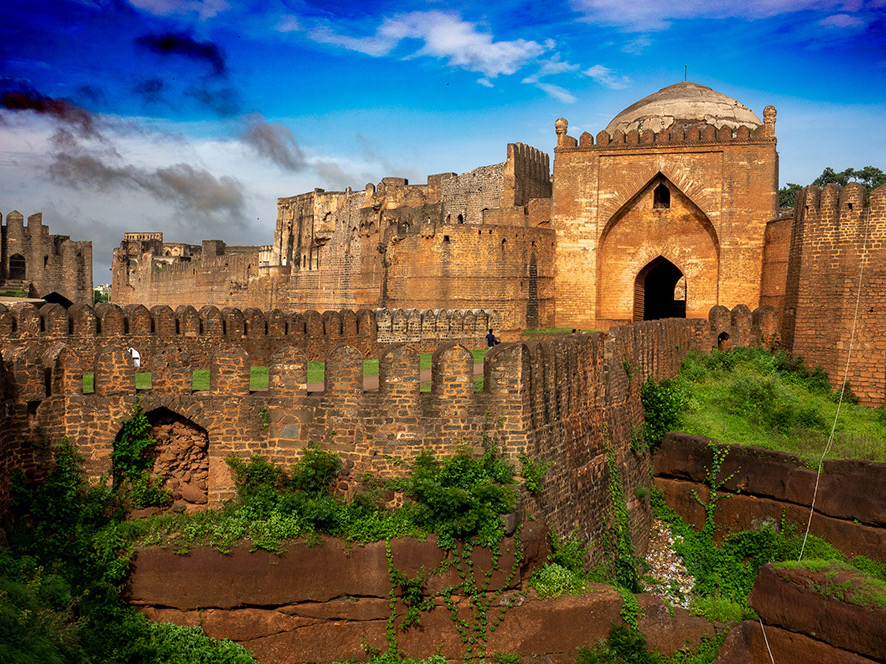
Bidar Fort

Ashtur Tombs, Bidar
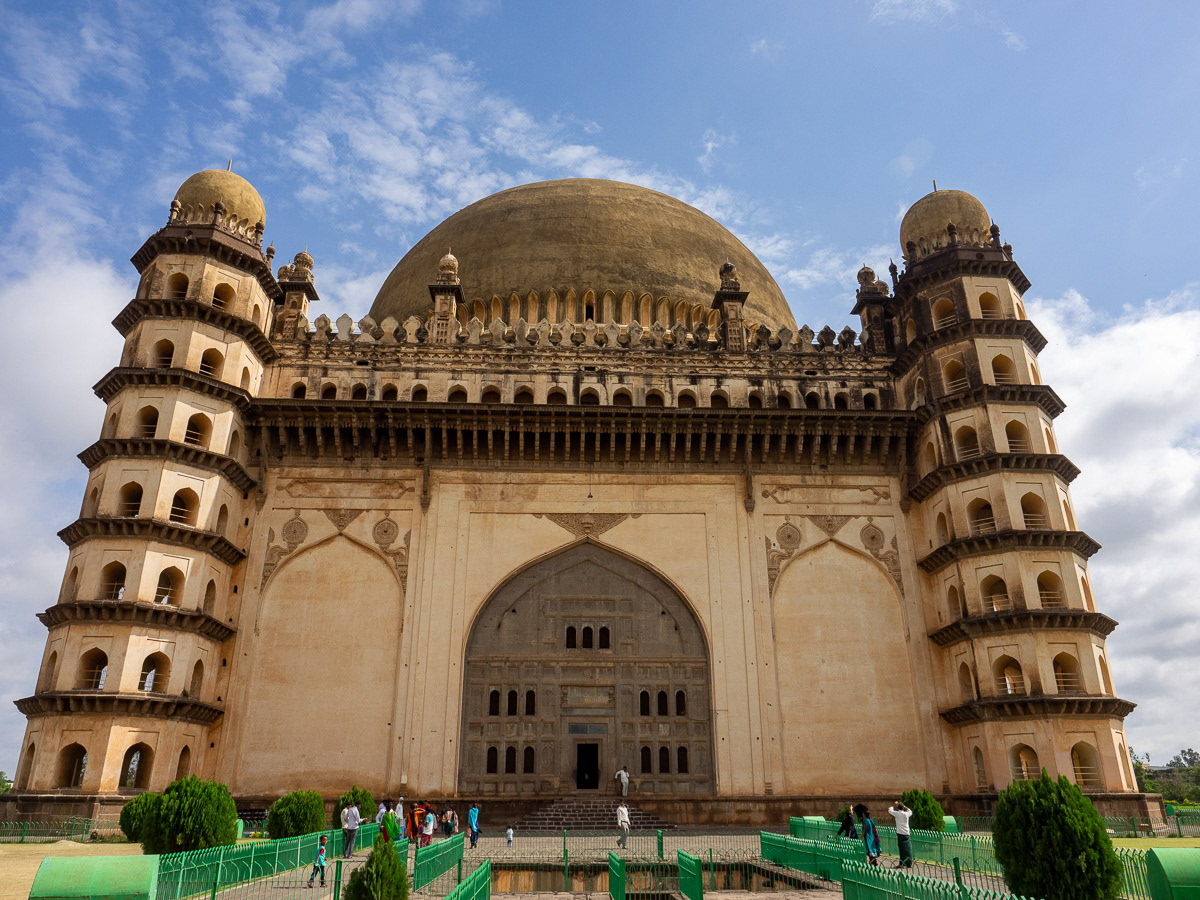
Gol Gumbaz, Bijapur

Ibrahim Rauza, Bijapur
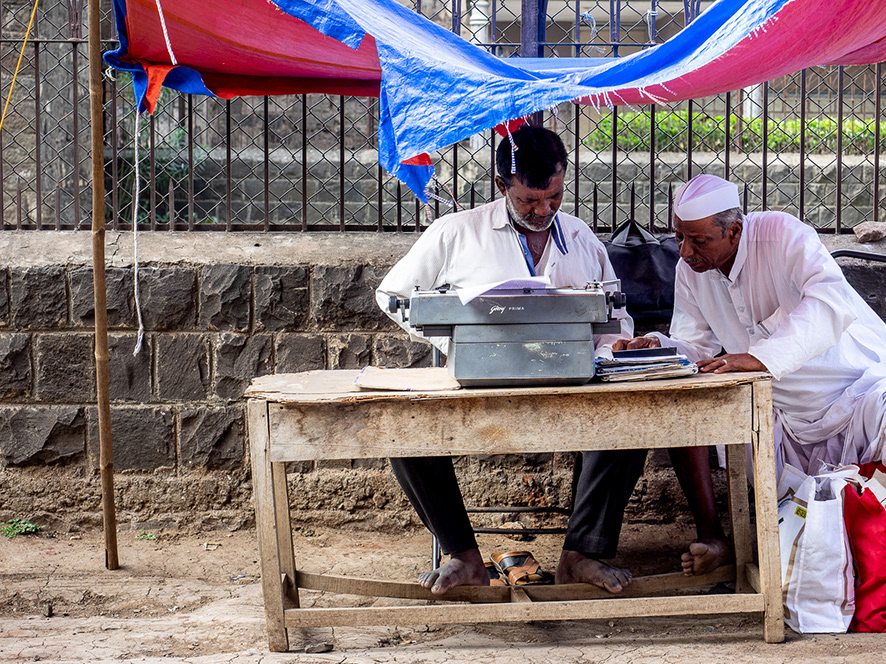
Letter Writers, Bijapur
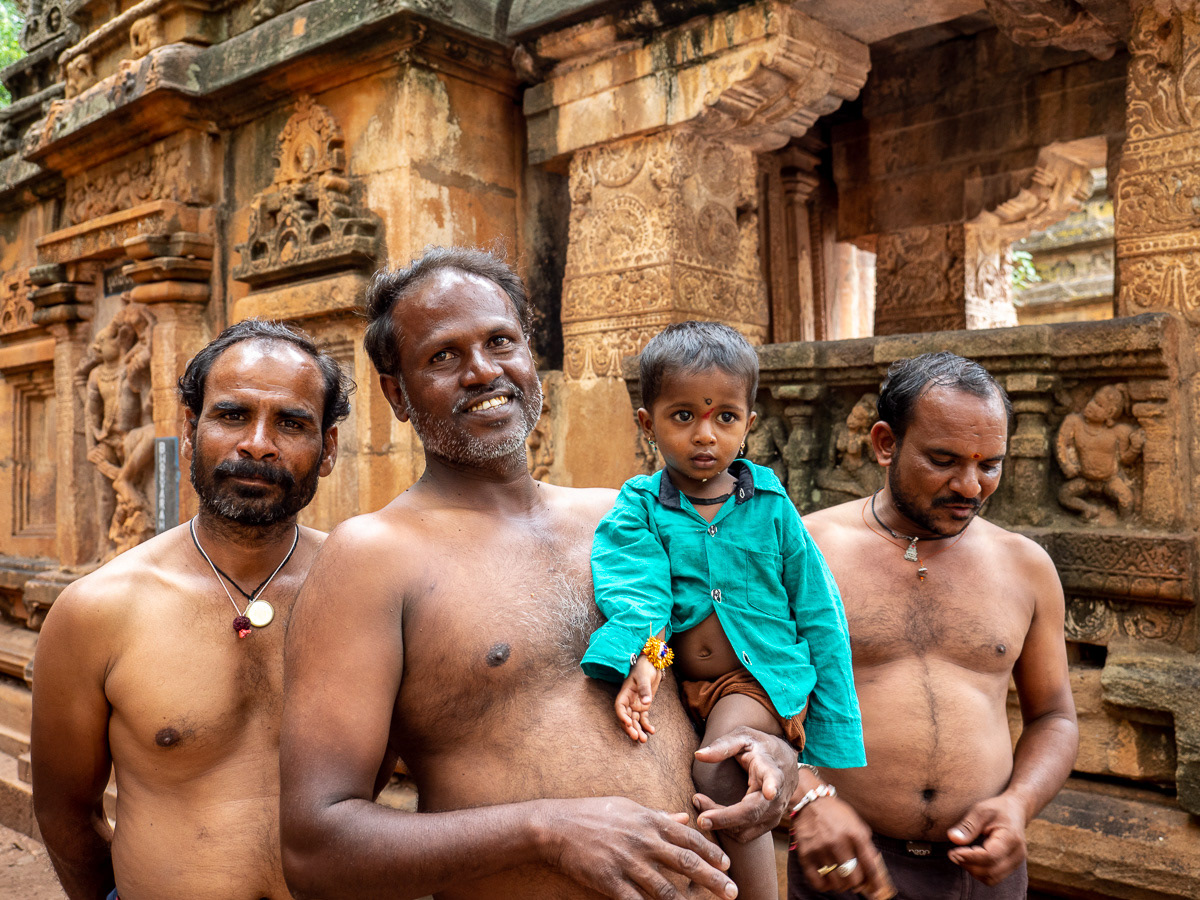
Mahakuteshwara Temple, Badami
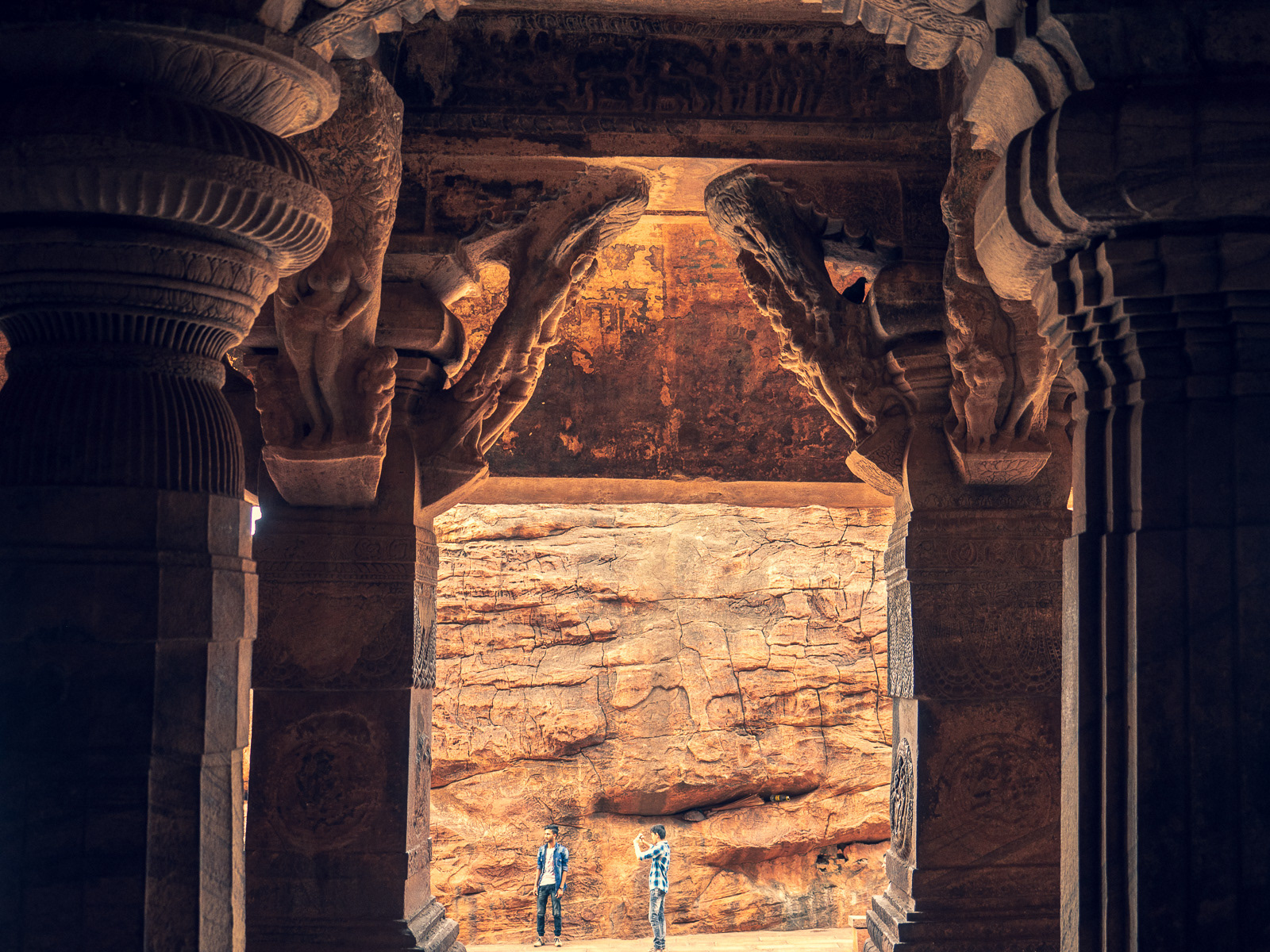
Badami Caves

Badami
Belur & Halebid
Located in the south west of Karnakata, several hours drive from Bengaluru & Mysuru, are the towns of Belur and Halebid.
These are for temple junkies, and connoiseurs of Indian sculpture, thanks to the Hoysala temples there. These temples, though nowhere near as grand as your average Tamil Nadu temple, are adorned with some of the most extravagant and exuberant carving in India.
There is another Hoysala temple south of Mysuru.

Belur
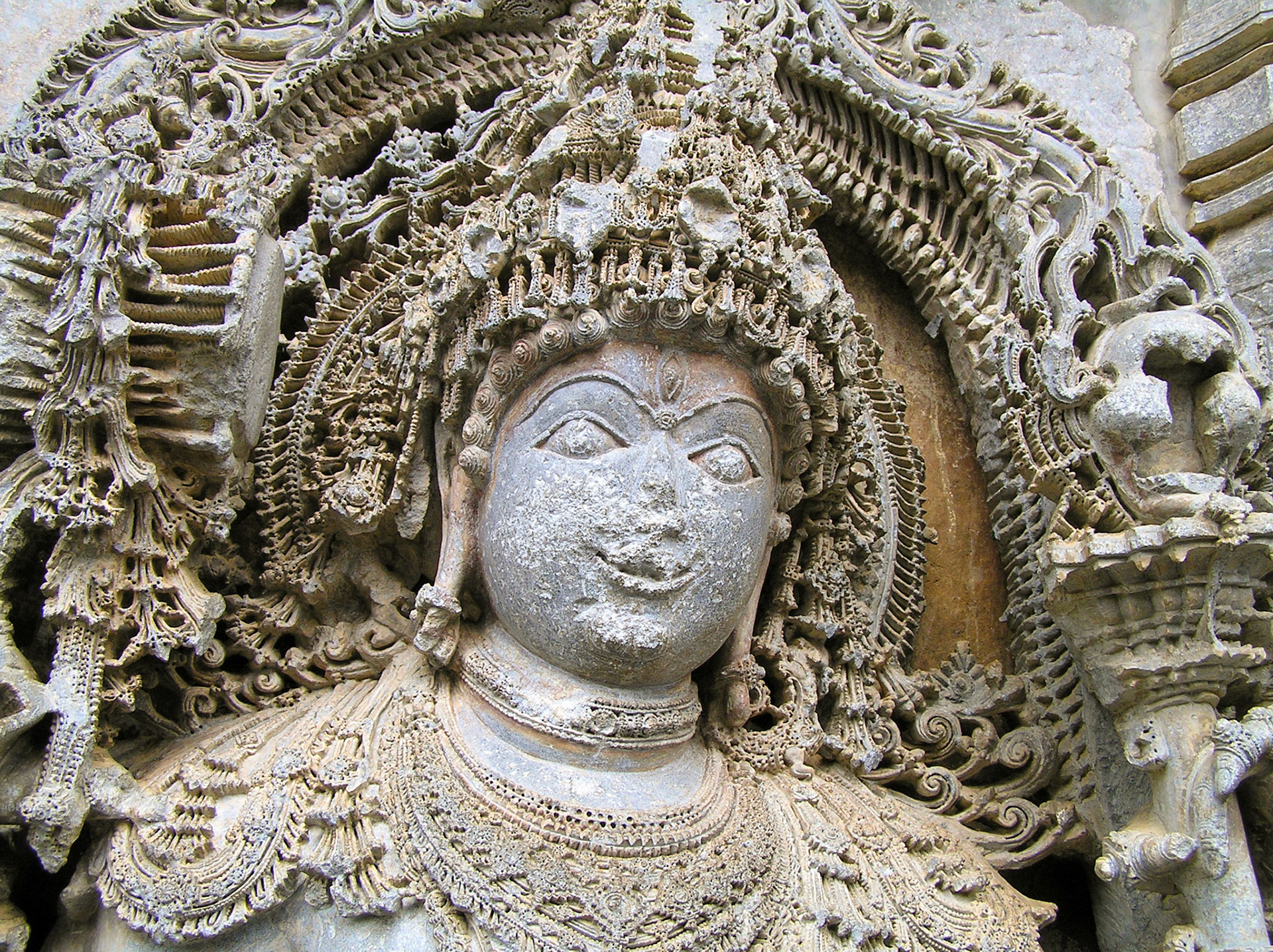
Halebid
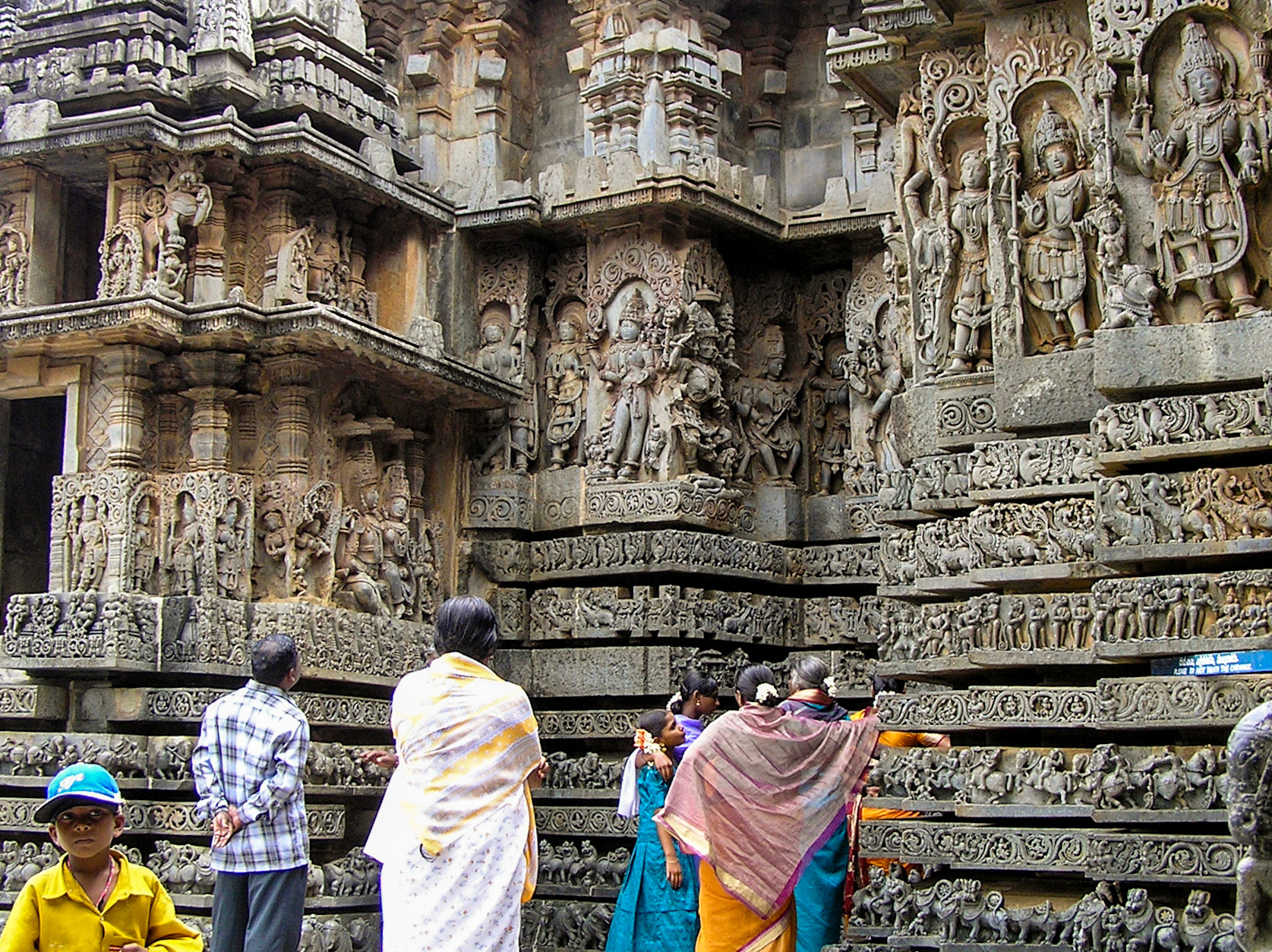
Halebid

Belur
Mysuru & Day Trips
Mysuru is a good base for day trips, ranging from the easy, to Chamundi Hill, in the city precints, to the standard trip to Srirangapatna, or to further destinations, such as Talakadu for the Hoysala Temple there.
Chamundi Hill, and Chamundi Temple have been developed over the years as far as parking & access goes - some guides are quite outdated particularly if you want to travel by bus and walk part way down. Expect crowds, even early, and at viewpoints along the way.
Srirangapatna has a group of sites; the mostly ruined fort for Raj buffs, a good main temple, Shri Ranganathaswami Temple, dedicated to Vishnu, the Summer Palace of Tipu Sultan, and his tomb complex.
The Summer palace has been fairly sensitively restored over recent years, and it's wall paintings are well worth the time to look at in detail. There are some terrified Englishmen, various noble cavalrymen, and, of course, elephants.
The tomb complex, further towards the eastern tip of Srirangapatna, is actually quite spiritual, despite the visitors, and has good examples of South Indian Islamic architecture.
Less often visited is the very eastern tip of Srirangapatna. There's a few small Hindu shrines, but it's a very sacred place to bathe in the Caveri River, and a hub for coracle boats. A peaceful and interesting spot for a drink & a break.
Hiring a car is easily the best way to see Srirangapatna.
Talakadu
Talakadu has an outstanding example of a Hoysala Temple. A couple of hours drive to the south east of Mysuru, it is the equal of the more well known temples in Belu and Halebid.
Note you may need to organise ASI tickets online before going - unusually there's no ticket sales on site, and, as with several things in contemporary India, their mobile technology isn't set up for non-Indians.
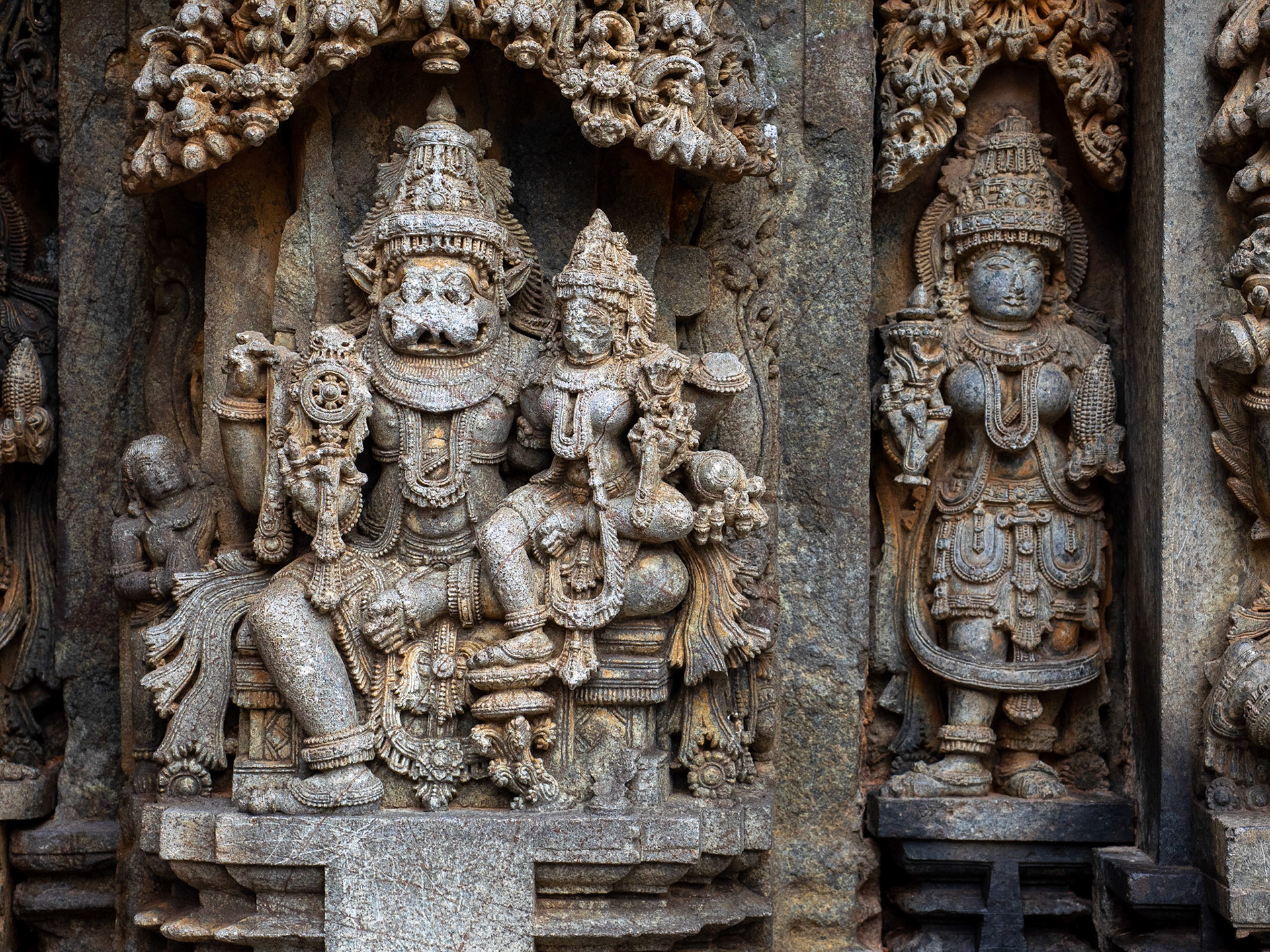
Talakadu
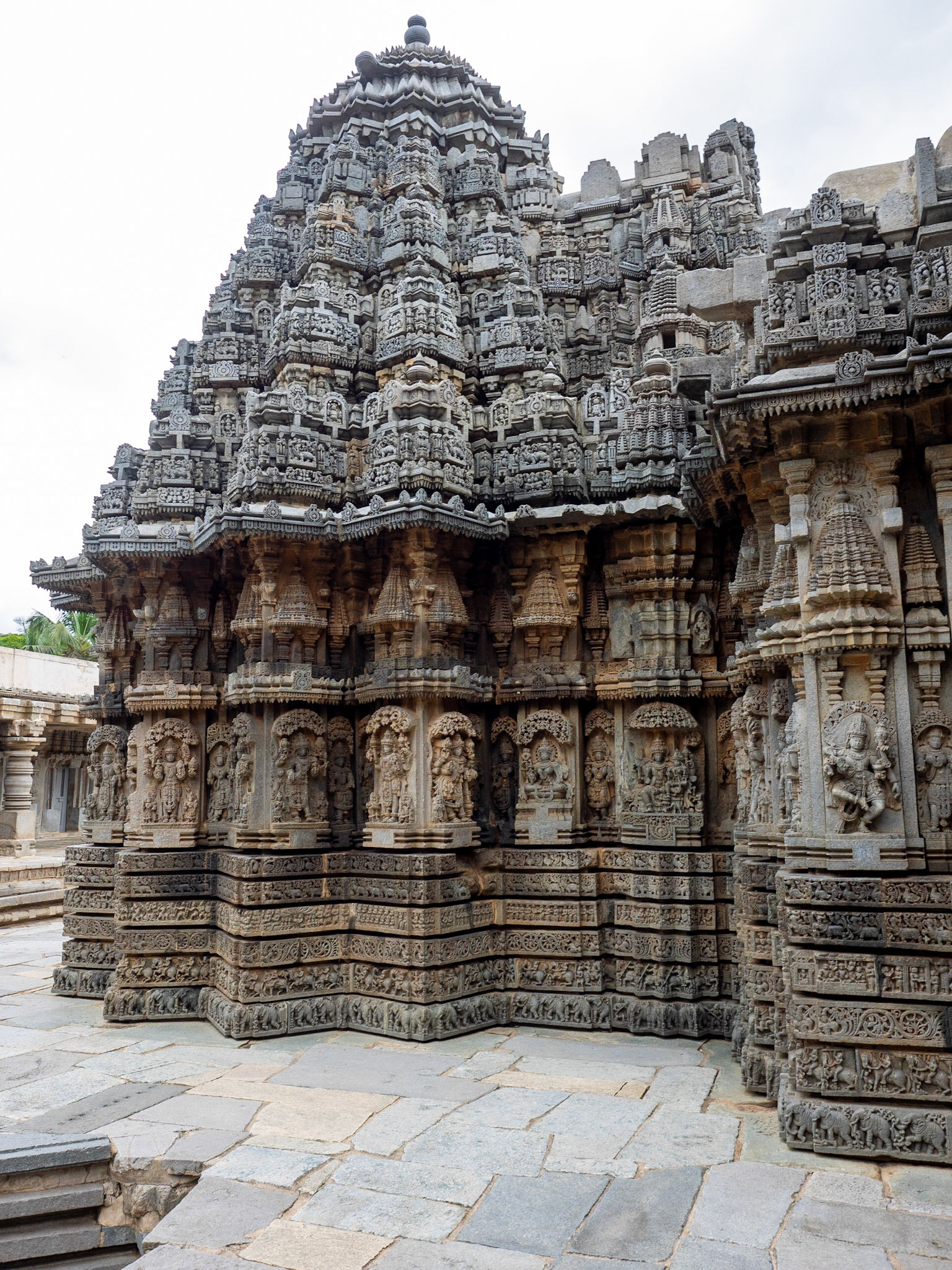
Talakadu

Talakadu

Chamundi Temple

Chamundi Hill
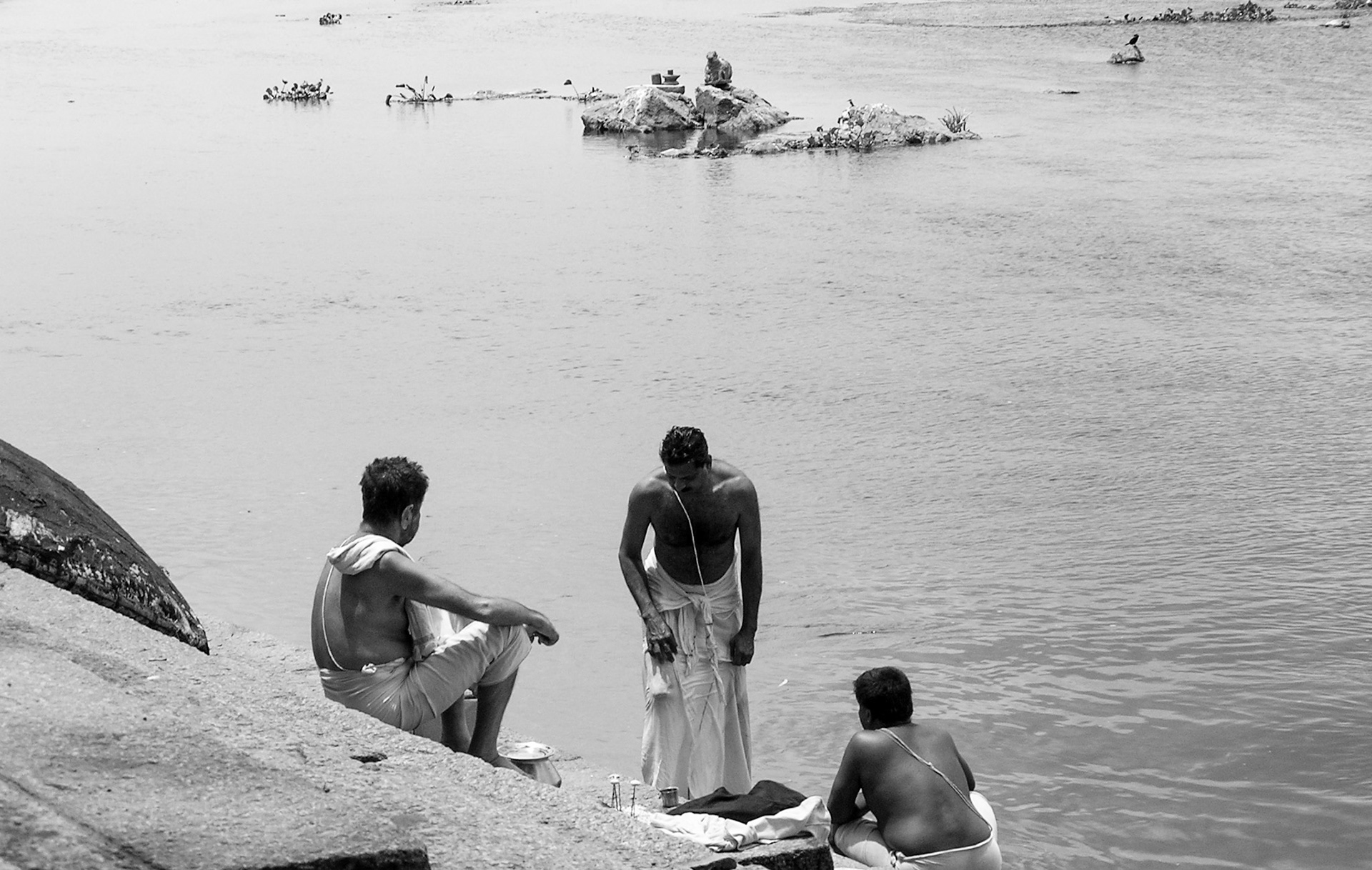
Srirangapatna
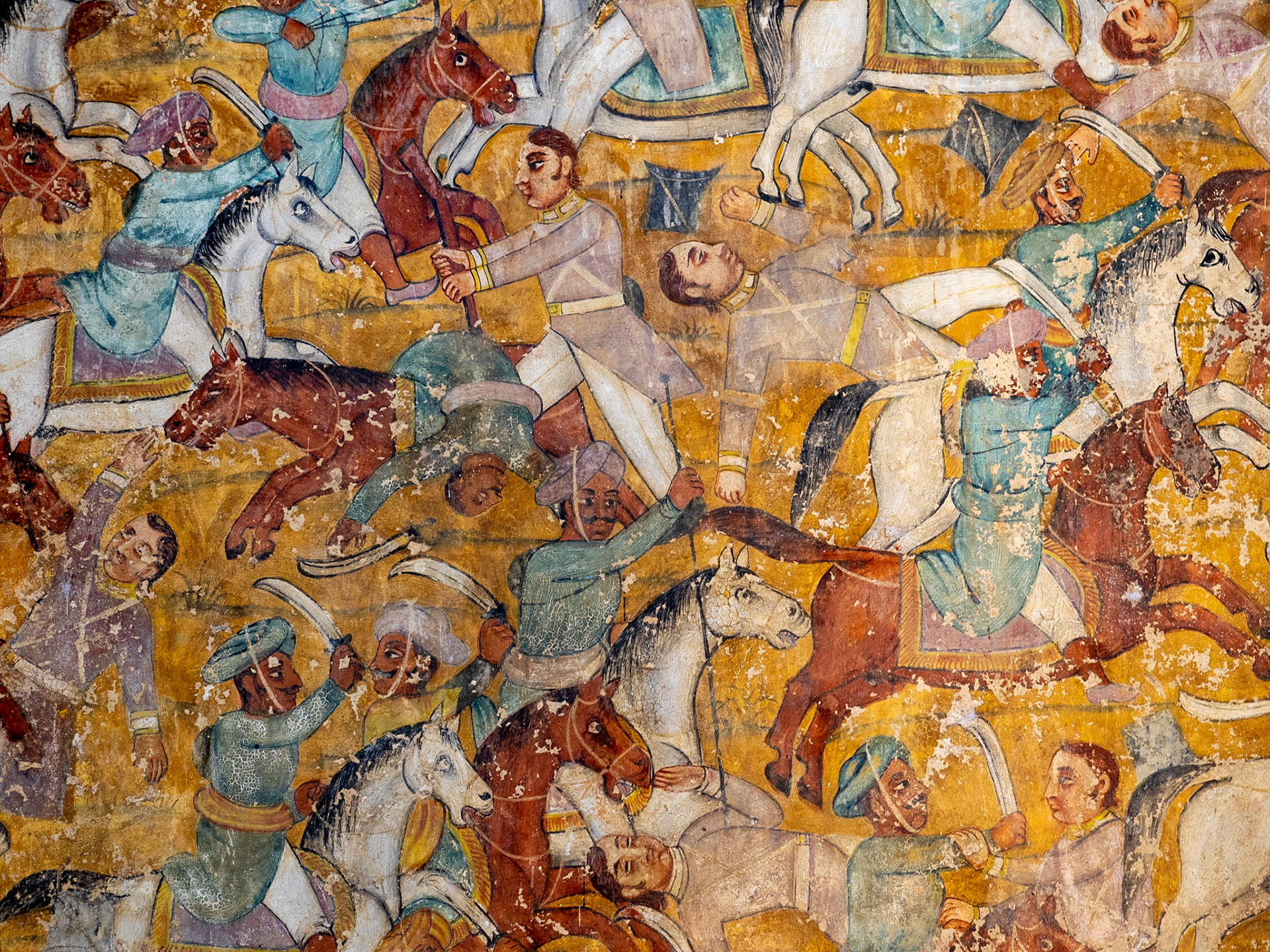
Tipu Sultan Summer Palace,Srirangapatna

Tipu Sultan Tombs, Srirangapatna
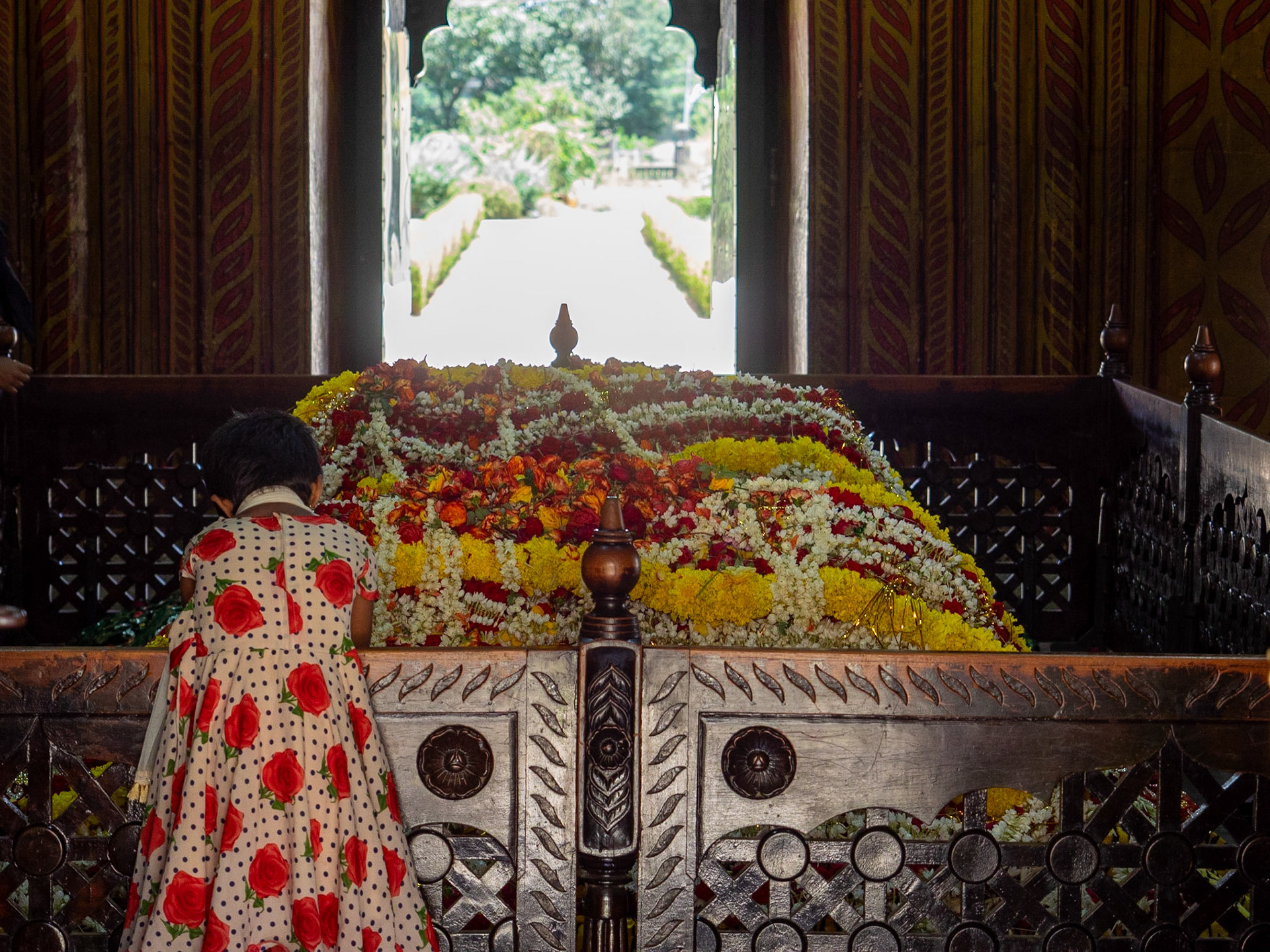
Tipu Sultan Tombs, Srirangapatna
Hampi
Hampi is the best known of Karnataka's historical attractions, and rightly so. The combination of buildings, ruins. and an other worldly rocky landscape is hard to beat.
Well worth the effort to get there, And unfortunately it still takes an effort to get there. Located in the north of the state, Hampi is a 6 hr drive from Bengaluru, or 7 hrs from Goa. Trains to Hosapete are probably still the best bet, but almost certainly at least one will be overnight. Plans to rehabilitate a nearby regional airport have been short lived.
I'm not going to comment on details of accommodation or getting around, as everything at Hampi has changed radically over the last few years in an effort to "clean up" the village and archaeological sites. The current situation is still in post pandemic flux.
I would recommend however, finding the time to go for walks. Along the Tungabhadra river, or along paths into and over the rocky outcrops, are many unsung treasures & views.
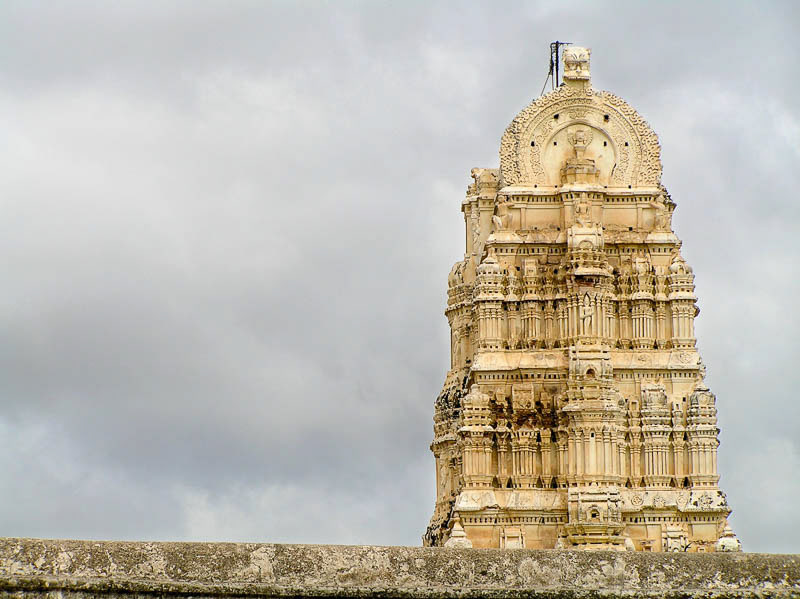
Hampi
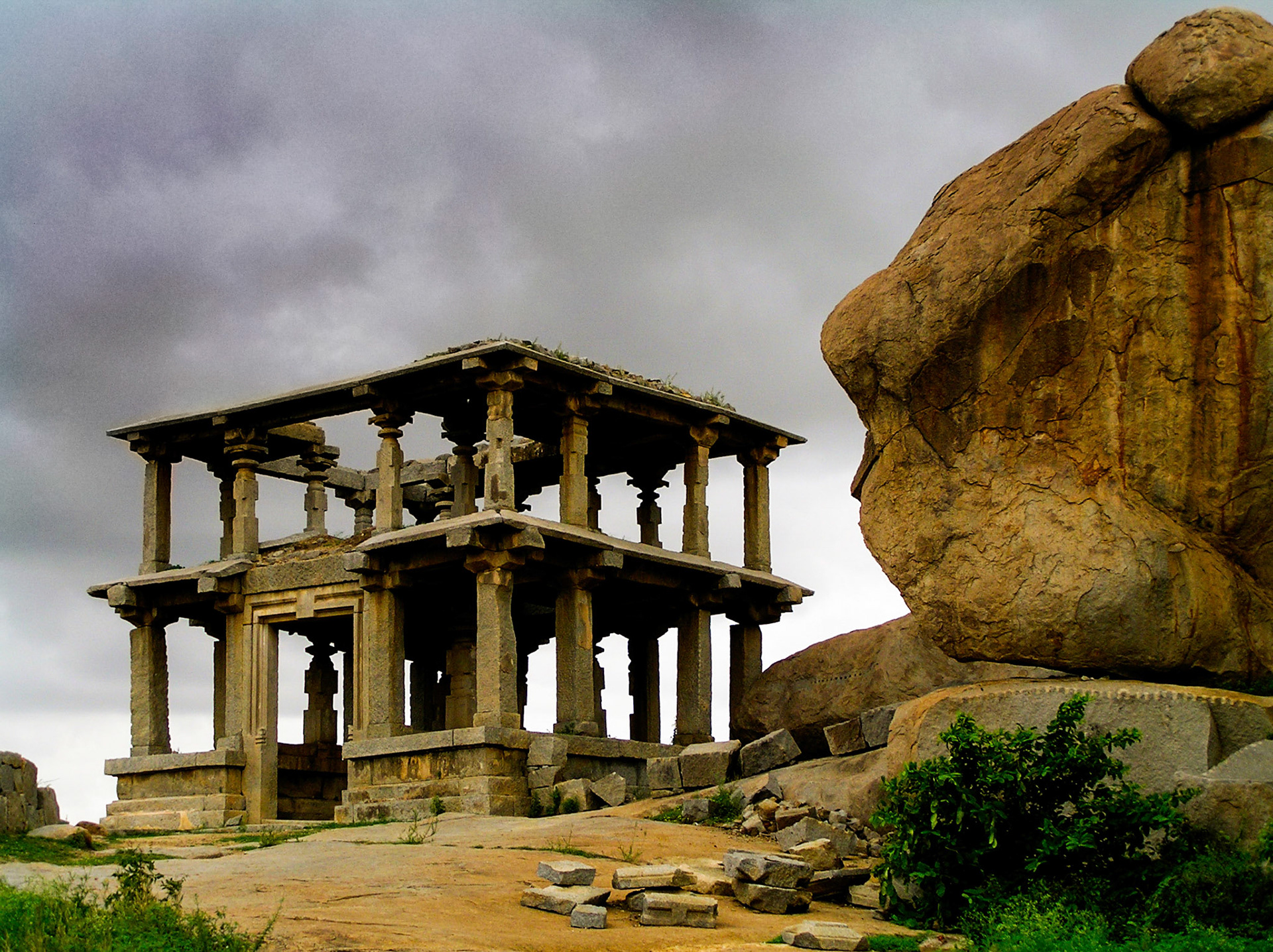
Hampi
